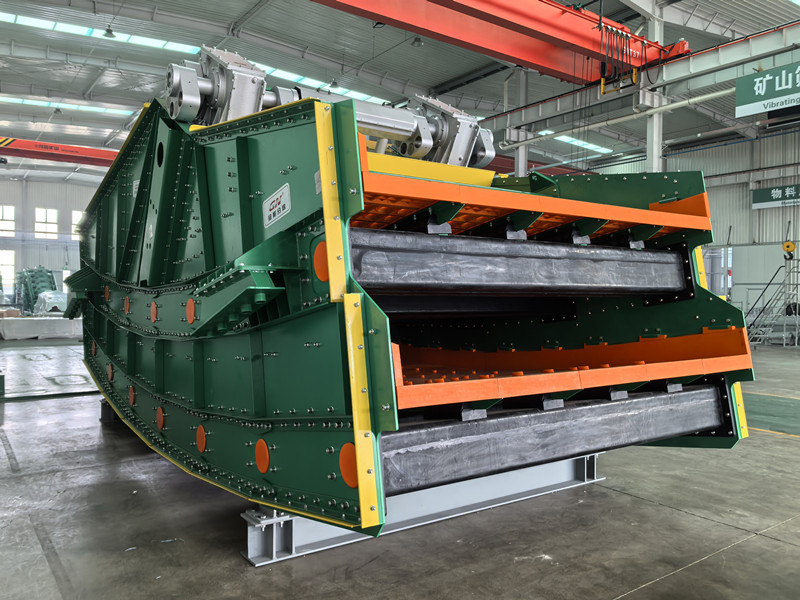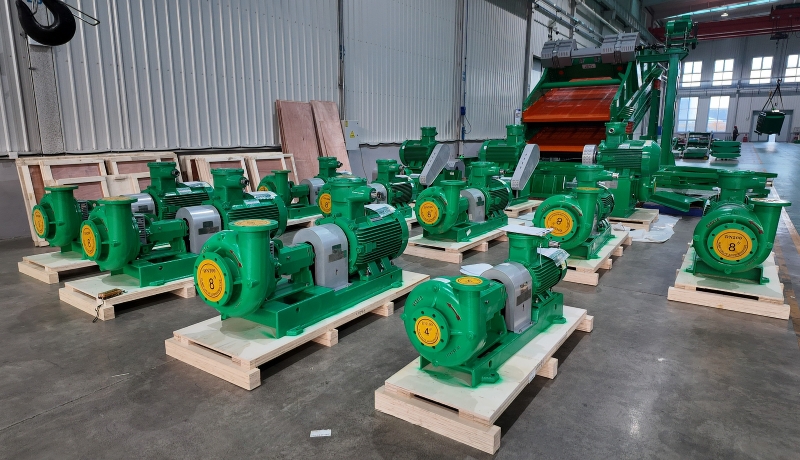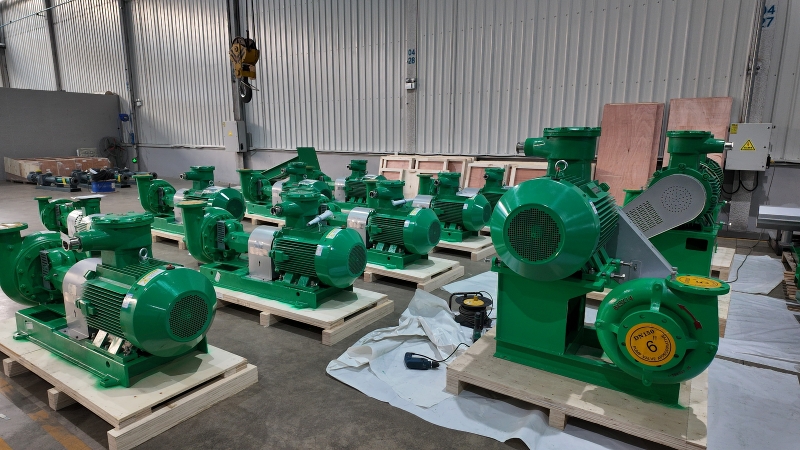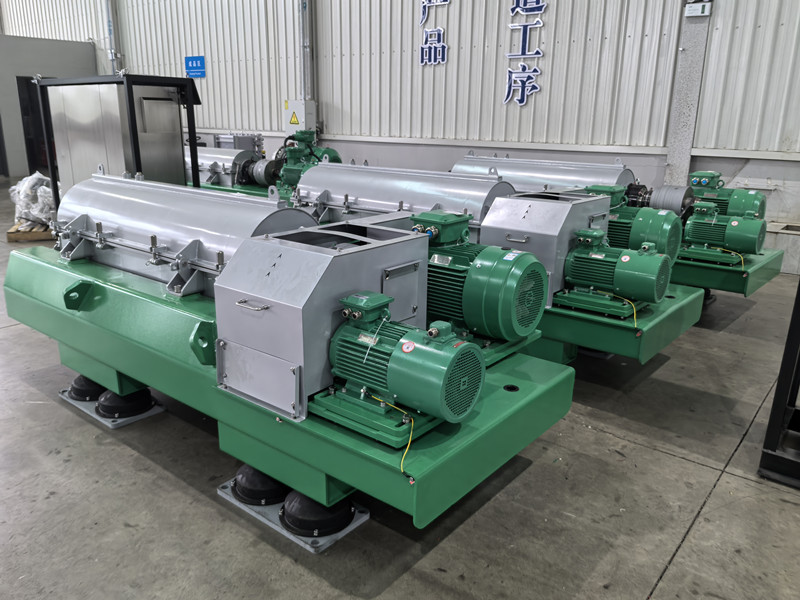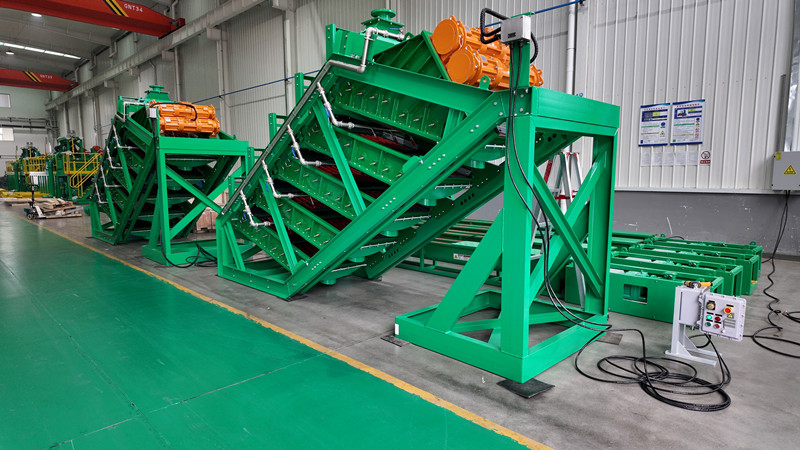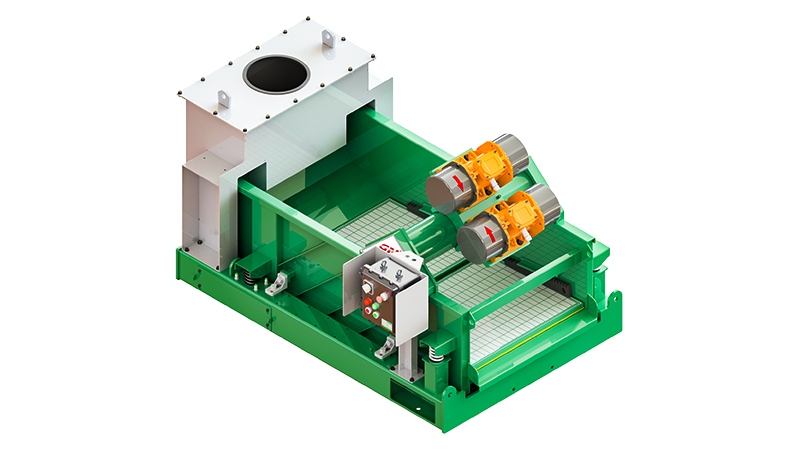The recent delivery of 16 sets of GN Solids Control centrifuges to an offshore drilling company by Hebei GN Petroleum Machinery Manufacturing Co., Ltd. represents a significant advancement in the supply of specialized solid-liquid separation equipment for marine drilling operations. These centrifuges are engineered to address the stringent requirements of offshore environments, where efficient drilling fluid management is critical for operational safety, cost-effectiveness, and environmental compliance.
In offshore drilling, drilling fluid, or mud, circulates through the wellbore to lubricate the drill bit, carry cuttings to the surface, and maintain wellbore pressure. As it returns, the fluid becomes contaminated with solid particles of varying sizes. While primary and secondary solids control equipment, such as shale shakers, desanders, and desilters, remove larger cuttings, fine solids—particularly those in the 2 to 5 micron range—remain suspended. If not removed, these fine particles increase mud density and viscosity, reduce drilling rates, accelerate equipment wear, and pose risks such as stuck pipe or well control issues. The centrifuge serves as a tertiary or polishing stage in the solids control system, specifically targeting these fine solids to maintain optimal mud properties and enable its reuse.

The 16 centrifuges supplied are designed to operate reliably in the challenging conditions of an offshore platform. Space constraints, continuous operation demands, and exposure to corrosive saltwater environments necessitate robust construction and high performance. Key features include a bowl fabricated from duplex stainless steel using centrifugal casting, which offers superior corrosion resistance and fatigue strength compared to standard grades. Critical wear areas, such as the discharge ports, are fitted with tungsten carbide liners to enhance durability when processing abrasive slurries. The modular design facilitates easier installation, maintenance, and potential component replacement offshore, minimizing downtime.
Technologically, these units incorporate several advanced systems to optimize separation efficiency and operational control. The scroll conveyor, made from high-grade stainless steel, can be equipped with adjustable baffle plates (BD plates) to fine-tune the separation boundary between solids and liquid, adapting to variations in feed density and solids content. A constant torque control system, paired with an intelligent monitoring system, continuously tracks parameters like rotational speed, vibration, motor load, and temperature. This data allows for automatic adjustment of feed rate and differential speed, ensuring efficient operation while preventing overload or dry running. Some models feature variable frequency drive (VFD) technology, enabling stepless speed adjustment to match specific processing needs, from low to high solids content, thereby improving energy efficiency.
Performance reliability is further ensured through rigorous multi-stage dynamic balancing. Each centrifuge undergoes balancing at intermediate speeds, at operational high speeds (exceeding 3000 rpm), and as a complete assembly. This process minimizes vibration during high-speed rotation, reducing mechanical stress, noise, and the risk of premature failure, which is crucial for the safety and longevity of equipment on a drilling platform.
The operational benefits of deploying these centrifuges are substantial. By efficiently removing fine solids, they help maintain the mud weight within a safe and specified window. This reduces the need for continuous dilution with fresh mud or expensive weight materials, leading to significant cost savings on mud products and waste disposal. Furthermore, effective solids control extends the service life of other drilling equipment, such as pumps and bits, by reducing abrasive wear. From an environmental standpoint, minimizing the volume of discarded drill cuttings and spent mud is a priority in offshore operations due to strict international regulations like those enforced by the IMO and MARPOL. These centrifuges support waste minimization strategies, aiding compliance and reducing the environmental footprint of drilling activities.
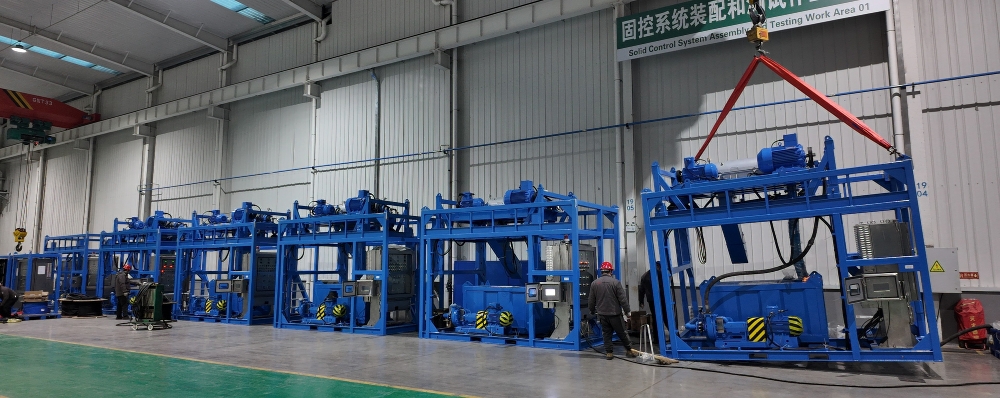
The successful delivery of 16 units within a condensed timeline underscores GN Solids Control’s integrated manufacturing and quality assurance capabilities. The production process, supported by facilities spanning 110,000 square meters and including robotic workstations and CNC machinery, adhered to a strict quality management system certified to ISO 9001. Each centrifuge was subjected to comprehensive factory acceptance testing, including extended 48-hour continuous runs under full load and simulated extreme conditions, to verify performance and reliability before shipment.
GN Solids Control has over 17 years of experience specializing in solids control and waste management equipment for the oil and gas industry. Its product portfolio includes shale shakers, mud cleaners, desanders, desilters, degassers, centrifugal pumps, and complete system packages. The GNLW series decanter centrifuges have been deployed in over 70 countries. This delivery to an offshore drilling client builds upon prior successful projects involving specialized centrifuges for regions like Southeast Asia, Europe, and the Middle East, including VFD-driven models, ATEX-certified units for explosive atmospheres, and systems for oily sludge treatment.
Beyond individual equipment, the company offers integrated solutions for offshore solids control and waste management. This can include systems for drill cuttings drying, which reduce moisture content for safer handling and disposal, and oily waste treatment systems that separate oil, water, and solids to recover valuable oil and render solids safe for disposal, aligning with the zero-discharge goals of modern offshore operations.


